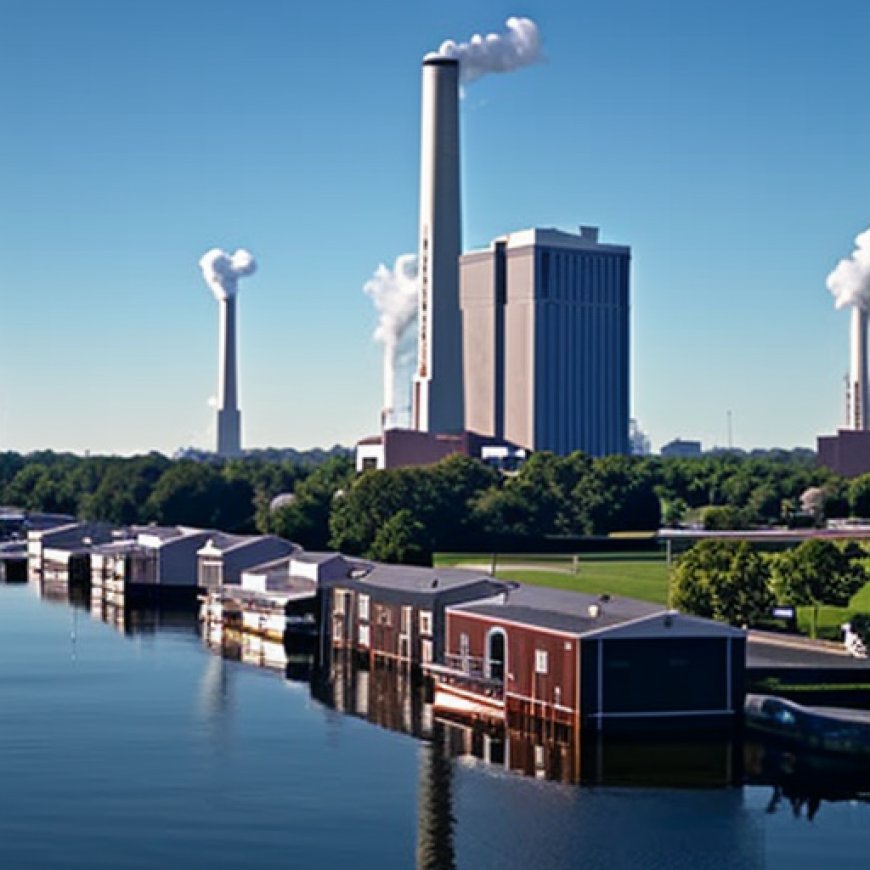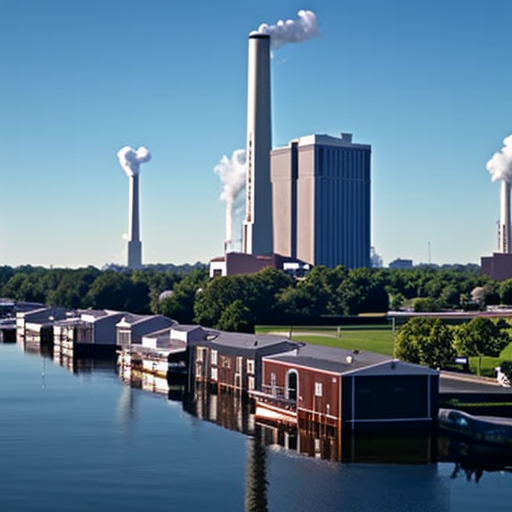How polluted is the air in Louisiana cities? New report hands out these grades.
How polluted is the air in Louisiana cities? New report hands out these grades. NOLA.com


State of the Air Report Highlights Air Pollution Threats in Louisiana
There’s both bad and good news for Louisiana concerning air pollution threats from two major sources, according to the American Lung Association’s latest national “State of the Air” report.
Ozone and Particle Pollution Levels in Baton Rouge Region
The report ranks metropolitan areas by levels of ground level ozone and tiny particle pollution. For the 10-parish Baton Rouge region, ozone levels seem to be rising again. It is also seeing increases in days with unhealthy levels of tiny particulates, the study found.
Air Quality in New Orleans Region
The 10-parish New Orleans region, on the other hand, remains well below ozone health threat levels, and its particulate pollution also seems limited.
Health Effects of Ozone and Particle Pollution
Ozone is created by chemical reactions in the air between oxides of nitrogen (NOx) and volatile organic compounds (VOC) that can be emitted from industry, power plants, and motor vehicles. Exposure to ozone can cause short-term and long-term health problems, including shortness of breath, wheezing, coughing, asthma attacks, respiratory infections, and increased cardiovascular mortality. Similarly, exposure to PM2.5, or soot, can cause a variety of health threats.
Sustainable Development Goals (SDGs)
The American Lung Association’s report highlights the importance of addressing air pollution in line with the Sustainable Development Goals (SDGs). The SDGs aim to promote sustainable development and protect the environment, including Goal 3: Good Health and Well-being, Goal 11: Sustainable Cities and Communities, and Goal 13: Climate Action.
Efforts to Improve Air Quality
The report emphasizes the need for action to improve air quality, including calling on the Environmental Protection Agency (EPA) to set stronger national limits on ozone pollution. EPA’s Region VI office in Dallas has been working with the Louisiana Department of Environmental Quality, local governments, industry, and concerned citizens to reduce emissions in the state with some successes.
Challenges and Opportunities
While Louisiana has made progress in reducing air pollution, there are still areas of concern. Some parishes, such as Iberville and St. Bernard, have been determined to have high levels of pollutants, while others, like Jefferson Parish, have shown improvement. EPA is currently reviewing the adequacy of the ozone limit and facing lawsuits challenging its rules on emissions reduction and pollution reduction strategies in minority and low-income neighborhoods.
Conclusion
The “State of the Air” report serves as a reminder of the ongoing challenges posed by air pollution in Louisiana. It underscores the importance of continued efforts to improve air quality and protect public health in line with the SDGs.
SDGs, Targets, and Indicators Analysis
1. Which SDGs are addressed or connected to the issues highlighted in the article?
- SDG 3: Good Health and Well-being
- SDG 11: Sustainable Cities and Communities
- SDG 13: Climate Action
The article discusses air pollution threats, specifically ground-level ozone and tiny particle pollution, in Louisiana. These issues are directly related to public health and the environment, which align with SDG 3 (Good Health and Well-being) and SDG 11 (Sustainable Cities and Communities). Additionally, the mention of climate change and its impact on air pollution connects to SDG 13 (Climate Action).
2. What specific targets under those SDGs can be identified based on the article’s content?
- SDG 3.9: By 2030, substantially reduce the number of deaths and illnesses from hazardous chemicals and air, water, and soil pollution and contamination.
- SDG 11.6: By 2030, reduce the adverse per capita environmental impact of cities, including by paying special attention to air quality and municipal and other waste management.
- SDG 13.2: Integrate climate change measures into national policies, strategies, and planning.
Based on the issues discussed in the article, the following targets can be identified:
– SDG 3.9 aims to reduce deaths and illnesses caused by air pollution, which is relevant to the article’s focus on ground-level ozone and particle pollution.
– SDG 11.6 focuses on improving air quality in cities, which relates to the article’s discussion of air pollution in the Baton Rouge and New Orleans regions.
– SDG 13.2 emphasizes the integration of climate change measures into policies and planning, which is mentioned in the article regarding the impact of climate change on air pollution.
3. Are there any indicators mentioned or implied in the article that can be used to measure progress towards the identified targets?
Yes, there are indicators mentioned in the article that can be used to measure progress towards the identified targets:
- Number of unhealthy ozone-level days per year
- Number of unhealthy days per year due to particulate matter pollution
- Compliance with ambient air quality limits
- Average levels of particle pollution
These indicators provide measurable data on air pollution levels and compliance with air quality standards, which can be used to assess progress towards reducing deaths and illnesses caused by air pollution (SDG 3.9) and improving air quality in cities (SDG 11.6).
Table: SDGs, Targets, and Indicators
| SDGs | Targets | Indicators |
|---|---|---|
| SDG 3: Good Health and Well-being | SDG 3.9: By 2030, substantially reduce the number of deaths and illnesses from hazardous chemicals and air, water, and soil pollution and contamination. | – Number of unhealthy ozone-level days per year – Number of unhealthy days per year due to particulate matter pollution |
| SDG 11: Sustainable Cities and Communities | SDG 11.6: By 2030, reduce the adverse per capita environmental impact of cities, including by paying special attention to air quality and municipal and other waste management. | – Compliance with ambient air quality limits – Average levels of particle pollution |
| SDG 13: Climate Action | SDG 13.2: Integrate climate change measures into national policies, strategies, and planning. | – Compliance with climate change measures in policies and planning |
Copyright: Dive into this article, curated with care by SDG Investors Inc. Our advanced AI technology searches through vast amounts of data to spotlight how we are all moving forward with the Sustainable Development Goals. While we own the rights to this content, we invite you to share it to help spread knowledge and spark action on the SDGs.
Fuente: nola.com

Join us, as fellow seekers of change, on a transformative journey at https://sdgtalks.ai/welcome, where you can become a member and actively contribute to shaping a brighter future.







